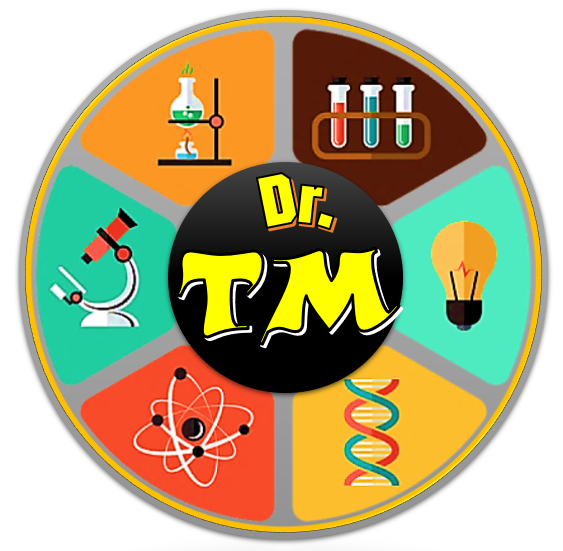Zeolite imidazole framework entrapped quantum dots (QDs@ZIF-8): encapsulation, properties, and applications
Corresponding author: Tahir Muhmood*

Semiconductor quantum dots, with particle sizes ranging from 1-10nm, have unique photophysical and electronic properties with a wide range of applications. However, their instability and tendency to agglomerate profoundly affect their activity and hence their applications. To address s this issue, QDs have been modified with Zeolite imidazole framework (ZIF-8), a metal-organic framework (MOF), which provides high specific surface area, stability, and structural conformations. The modification not only positively affected the band gap of ZIF-8 by narrowing it down but also enhanced the fluorescence and stability of QDs. This in turn outstretched the applications of the QDs@ZIF-8 nanocomposite across various fields like catalysis, drug delivery, LEDs and sensors along with others.QDs@ZIF-8 serves as magnificent environmental remediator by degrading the environmental pollutants through photocatalytic redox reactions and are potential candidates for the targeted drug delivery due to their high porosity and loading capacity. The outcomes of various stud ies highlighted increased electron-hole pair separation upon irradiation with efficient charge transfer which resulted in high PLQY in LEDs (86%), amplified photocatalytic activity (85%) in catalysis and improved sensitivity (min LOD of about 8.9×10 and selectivity in sensors.The purpose of this article is to pinpoint the significance of QDs@ZIF-8 nanocomposite along with clearly stating the gaps in the existing studies that would stimulate the scientists and researchers to investigate the field of QDs@ZIF-8 to the best of their knowledge and contribute to the existing literature.
